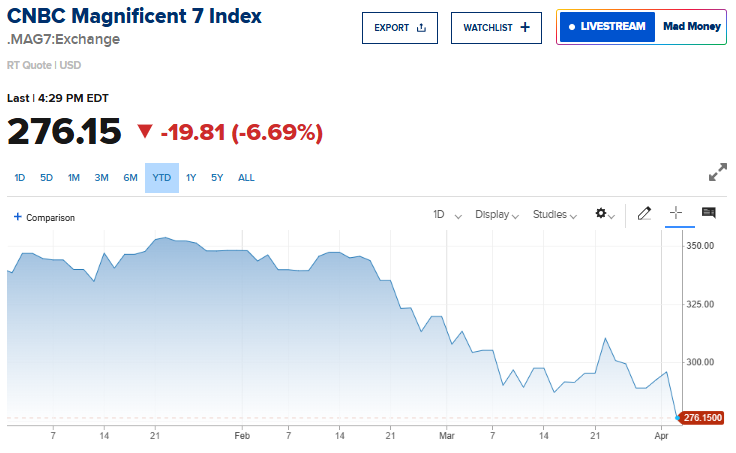More About WinR/WilPOWR Ratings (And Chat Tomorrow)
Somehow TSLA’s WiNR/WilPOWR didn’t get included when I pasted those numbers yesterday. Here’s the complete list including Tesla:
| Ticker | WiNR/WilPOWR Rating |
| UBER | 38.46 |
| INTC | 35.50 |
| RKLB | 34.74 |
| W | 25.64 |
| U | 23.22 |
| BKSY | 20.56 |
| KD | 20.22 |
| ORGN | 19.35 |
| IONQ | 19.35 |
| TLSA | 17.10 |
| PRVB | 16.41 |
| SEDG | 15.56 |
| SKLZ | 14.79 |
| NFLX | 13.88 |
| JD | 13.88 |
| INFI | 13.68 |
| BABA | 13.48 |
| GOOG | 13.47 |
| QCOM | 12.43 |
| MP | 11.09 |
| RDW | 10.69 |
| NVDA | 10.36 |
| AMZN | 10.24 |
| TSM | 9.42 |
| FB | 8.76 |
| SNAP | 8.29 |
| CDXS | 7.78 |
| AAPL | 7.68 |
| TWTR | 7.60 |
| CGC | 6.38 |
| TCEHY | 3.07 |
Tesla at $900 isn’t as highly rated in the system as it was back at $45 when it came in above a 70 rating. Here’s a look back at what WiNR/WilPOWR ratings are. We’ll do this week’s Live Q&A Chat at 11am ET on Wednesday (tomorrow) in the TWC Chat Room or just email us your question to support@tradingwithcody.com.
Algorithms, programs and processes for the new hedge fund
December 3, 2018 by Cody Willard
Starting January 1, I’ll be off the races in my new hedge fund. And I’ve got some important new tricks up my sleeve.
After spending more than twenty years developing my approach to investing and trading, I’ve found that each proposed trade/investment (equity, options, cryptocurrencies, crowdfunding, etc) starts with questions like these:
Why will the trade work?
What can go wrong?
What’s the timeframe?
What’s the best way to play it?
What’s the downside risk to the trade?
What’s the potential upside of the trade?
I’ve recently developed an algorithmic program to help me answer these questions and develop a quantitative, repeatable process doing so. The WiNR Ratio it kicks out estimates the likely annualized returns adjusting for risk/reward.
Likewise, whenever I analyze an equity investment opportunity with a time frame of at least three years, I use several fundamental metrics to get a sense of the company’s valuation:
Balance sheet
Projected 2-3 year forward P/E ratio
Projected 2-3 year topline growth rate
Dividend yield (if any)
Those inputs, along with other proprietary metrics including ways of measuring a company’s “Revolution Factor” go into an algorithmic system that calculates what I call the WilPOWR Rating.
These new programs and the fact that we now have a repeatable, quantifiable, trackable process of analysis, trades and investments in these proprietary systems gives us yet another potential edge for the hedge fund.



